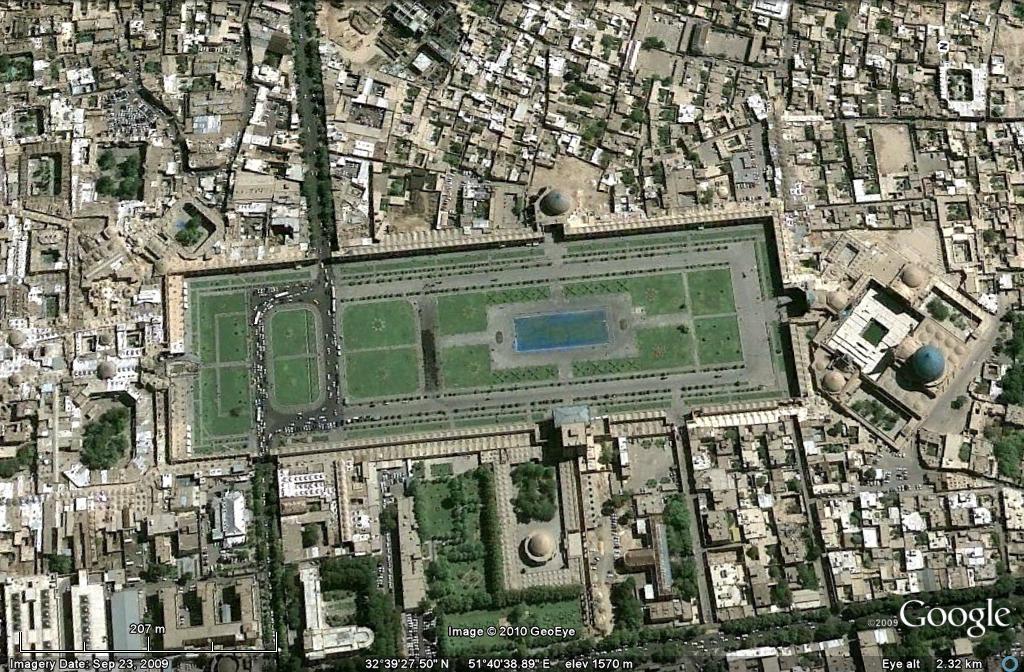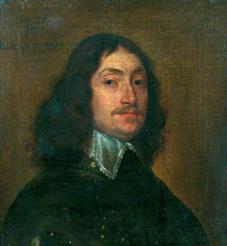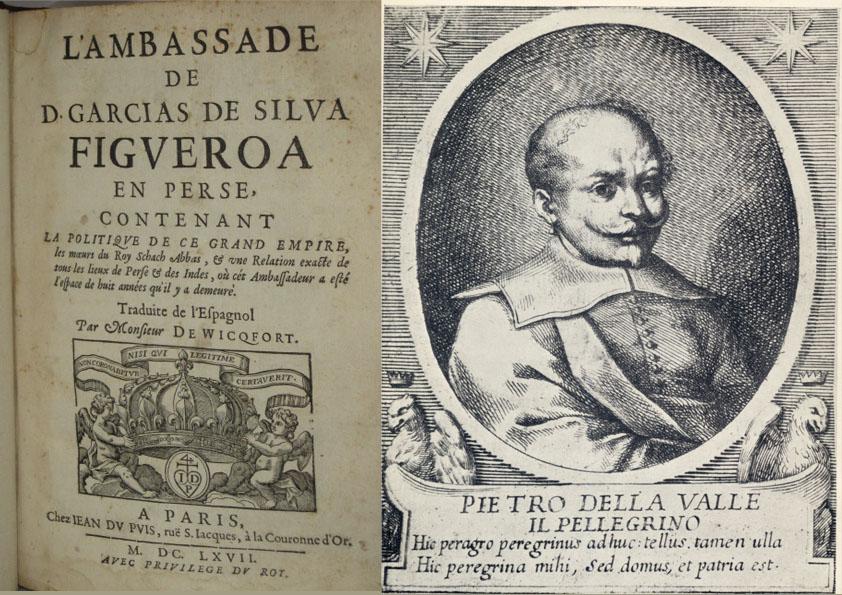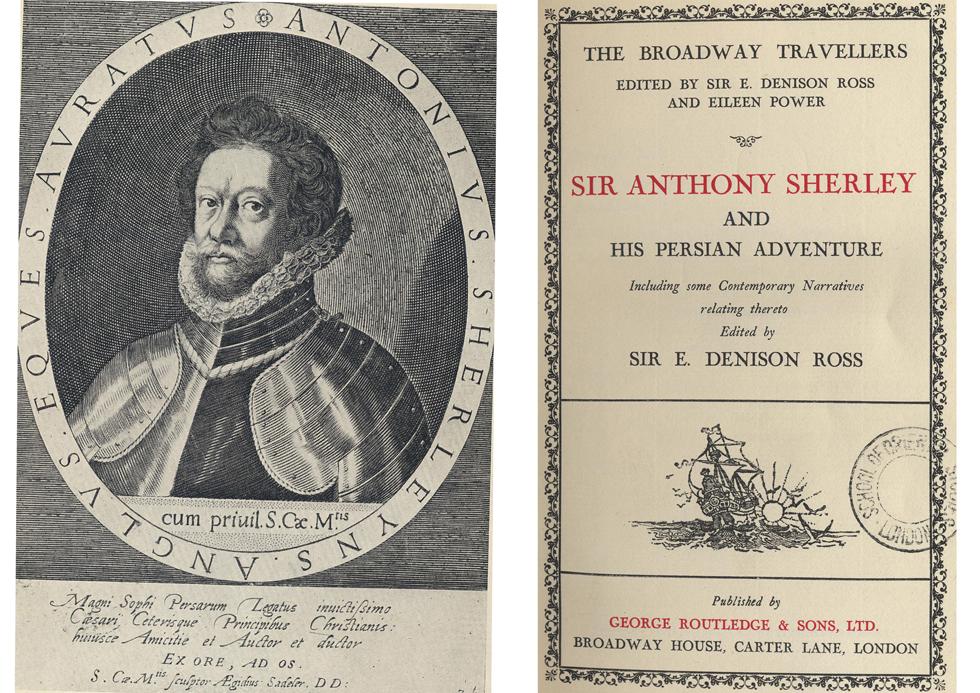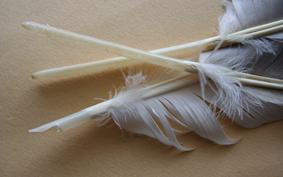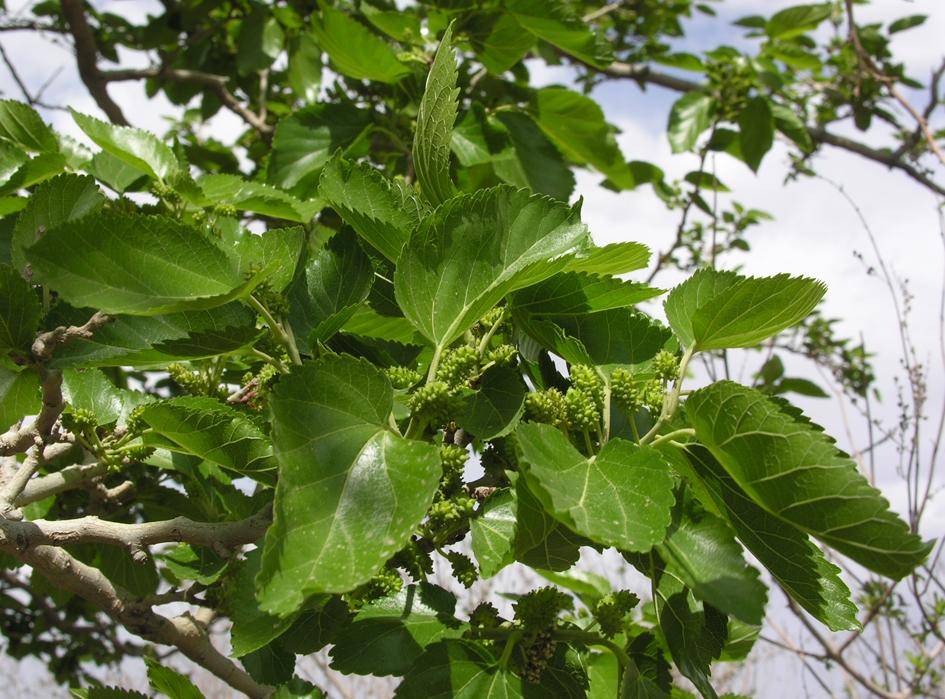Herbert: does he change his mind about Isfahan?
In his 1634 and 1638 editions, Herbert does not seem to notice that his illustration of the maydan shows “a Mosque East” on the western side[1]. He captions the image: “Take the outside of this brave Fabrick [sic] well presented”[2]. By 1665, he is more circumspect: “The outside of this noble Burse has this form, …


